“The only constant is change”
THE behaviors of foresight (7)
Foresight is the ability of a leader to detect discontinuous change early, interpret the consequences for the organisation and formulate effective responses to ensure long-term survival and success. To consider the future of an organisation one must be connected to the organisations purpose and be conscious of how strategies that help an organisation adapt to the future align with this. Effective leaders translate these insights into a clear vision and goal(s) and communicate to key stakeholder groups. There are seven behaviours of Foresight, some of which are listed below.
foresight behaviors include:
challenges assumptions to uncover new ways of seeing what is possible
This refers to a leader's ability to challenge the way their organisation does business in order to see what is possible for the future. This could mean challenging the direction product/service innovation is taking, challenging long held assumptions about the organisations customers or shaking up other commonly held beliefs to accommodate a possible future (see sample below).
This sample result could highlight the participant is:
- Proactively challenging the status quo but failing to communicate to key stakeholders
- Conservatively challenging assumptions relative to the expectations of others
- Misdirecting their attention
identifies future threats, challenges and OPPORTUNITIES
Identifying future threats, challenges and opportunities is a responsibility often delegated to specific leaders or neglected entirely. This behaviour requires a specific thinking coupled with consistent action and needs to be identified as necessary or optional in your leaders.
Articulates a clear vision and goals for the organisation's future
Articulation of vision and goals is arguably one of the most fundamental attributes of experienced leaders. Yet this behaviour is often left for annual company meetings or made the responsibility of one or two senior leaders. When was the last time articulation of vision/goals for the organisations future was measured in a performance review? This area allows the review of a critical leadership behaviour (see sample below).
This sample result could highlight the participant is:
- Stuck in the operational/ managerial focus of their role
- Unclear on how to communicate vision/goals to peers and managers
- Unclear on the future of the organisation




